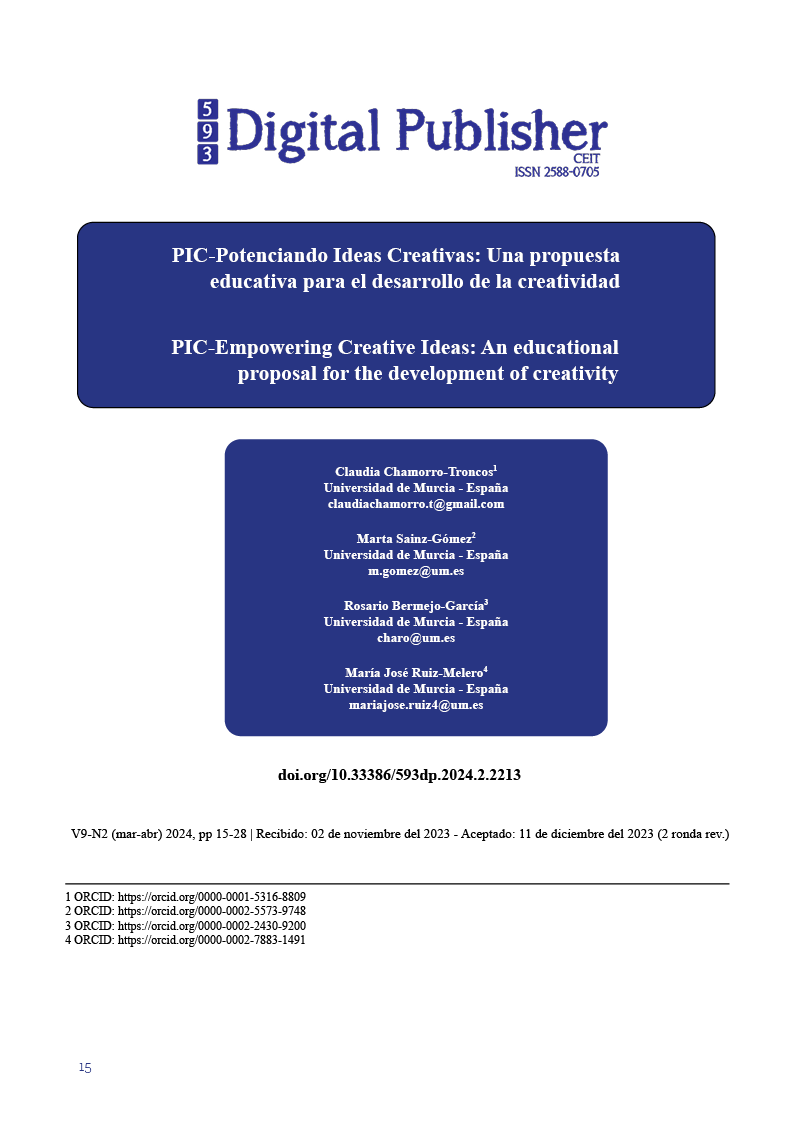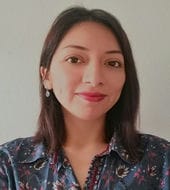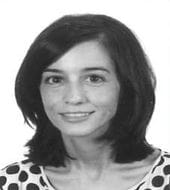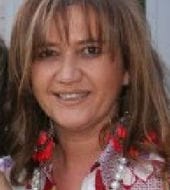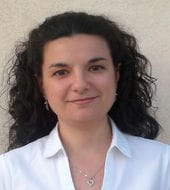PIC-Empowering Creative Ideas: An educational proposal for the development of creativity
Main Article Content
Abstract
Creativity has been considered for some years as a key capacity or construct that, in addition to contributing to the learning process during the school stage, evolves and transcends into the social context. In this sense, it is advisable to continue designing innovative and flexible teaching strategies or methodologies that adapt to the different conditions of the students, in which not only the teachers actively participate, as the main person responsible for regulating learning exchanges within the classroom, including the creative process, but also involving the family, taking into account that it is considered the first agent that accompanies the innate curiosity of the infant. Under this premise, the present educational proposal is proposed, whose main objective is to develop creativity from its components of originality, flexibility, fluency and elaboration in the students of the last cycle of Primary Education, all of this through playful and participatory activities; also, the use of techniques such as brainstorming, role playing, etc. is promoted. In this sense, the general result that is expected to be achieved is that students can improve their creative potential, which can be reflected through greater spontaneity and autonomy in the development of both their ideas and their products.
Downloads
Article Details

This work is licensed under a Creative Commons Attribution-NonCommercial-ShareAlike 4.0 International License.
1. Derechos de autor
Las obras que se publican en 593 Digital Publisher CEIT están sujetas a los siguientes términos:
1.1. 593 Digital Publisher CEIT, conserva los derechos patrimoniales (copyright) de las obras publicadas, favorece y permite la reutilización de las mismas bajo la licencia Licencia Creative Commons 4.0 de Reconocimiento-NoComercial-CompartirIgual 4.0, por lo cual se pueden copiar, usar, difundir, transmitir y exponer públicamente, siempre que:
1.1.a. Se cite la autoría y fuente original de su publicación (revista, editorial, URL).
1.1.b. No se usen para fines comerciales u onerosos.
1.1.c. Se mencione la existencia y especificaciones de esta licencia de uso.
References
Álvarez, E. (2010). Creatividad y pensamiento divergente: Desafío de la mente o desafío del ambiente. Revista Interact, 1-28.
Amabile T. M. (1998). How to kill creativity. Harvard business review, 76(5), 76–186. https://hbr.org/1998/09/how-to-kill-creativity
Campos, G., y Moreno, A. (2020). La familia y su influencia en la creatividad de los hijos. Revista Sobre La Infancia y La Adolescencia, (19), 20–31. https://doi.org/10.4995/reinad.2020.12839
Cárdenas, L. (2019). La creatividad y la Educación en el siglo XXI. Revista Interamericana De Investigación Educación y Pedagogía, 12(2), 211-224. https://doi.org/10.15332/25005421.5014
Carvalho, T., Fleith, D., y Almeida, L. (2021). Desarrollo del pensamiento creativo en el ámbito educativo. Revista latinoamericana de estudios educativos. 17(1), 164-187. https://doi.org/10.17151/rlee.2021.17.1.9
Chelán, E., Martínez, Y., y Mastrapa, A. (2013). La creatividad: su estimulación a través de talleres de orientación a la escuela y la familia. Luz, 12(1), 96-102. https://luz.uho.edu.cu/index.php/luz/article/view/595
Cropley, D. (2015). Promote creativity and innovation in engineering education. Psychology of Aesthetics, Creativity, and the Arts, 9 (2), 161-171. https://doi.org/10.1037/aca0000008
Cropley, A. (1994). Creative Intelligence: A Concept of "True" Giftedness. European Journal for High Ability, 5, 6-23. https://doi.org/10.1080/0937445940050102
Csikszentmihalyi, M. (2015). The systems model of creativity: The collected works of Mihaly Csikszentmihalyi. Springer. https://link.springer.com/book/9789401790833
De la Torre, S. (1987). Educar en la creatividad: Recursos para desarrollar la creatividad en el medio escolar. Narcea.
Fernández, J. (2011). La especificidad del psicólogo educativo. Papeles del Psicólogo, 32(3), 247-253. https://www.papelesdelpsicologo.es/pdf/1142.pdf
Garaigordobil, M. (2007). Juegos cooperativos y creativos para grupos de niños de 10 a 12 años. Pirámide.
Garaigordobil, M. (2010). Juegos cooperativos y creativos para grupos de niños de 8 a 10 años. Pirámide.
Gardner, H. (1995). Mentes creativas: una anatomía de la creatividad. Paidós.
Guilford, J. (1950). Creativity. American Psyclologist, 5, 444-454.
Guilford, J. P. (1956). The structure of intellect. Psychological Bulletin, 53(4), 267–293. https://doi.org/10.1037/h0040755
Guilford, J. P. (1973). Characteristics of Creativity. Illinois State Office of the Superintendent of Public Instruction. https://eric.ed.gov/?id=ED080171
Isaksen, S., Dorval, K. y Treffinger, D. (2011). Creative approaches to problem solving: A framework for innovation and change. (3). Sage Publications.
Leibovici, M. (2012). El papel de la familia en el desarrollo de la creatividad. ¡Buenos días creatividad! Hacia una educación que despierte la capacidad de crear: Informe Fundación Botín. (6), 87-100. https://fundacionbotin.org/publicaciones/buenos- dias-creatividad-hacia-una-educacion-que-despierte-la-capacidad-de-crear/
López, O. y Navarro, J. (2010). Influencia de una metodología creativa en el aula de primaria. European Journal of Education and Psychology, 3(1), 89–102. https://doi.org/10.30552/ejep.v3i1.47
Mancheno, V., Bolaños, H., Flores, J. y Cerón, L. (2023). Implicaciones de la tutoría académica en el pensamiento creativo: un aula divergente. Ciencia Latina Revista Científica Multidisciplinar, 7(3), 4045-4063. https://doi.org/10.37811/cl_rcm.v7i3.6460
Martínez, D., Querales, L. y González, G. (2021). El cuento corto como estrategia didáctica para potenciar el pensamiento creativo en los estudiantes del grado 3º de primaria en la Institución Educativa Luis Carlos Galán Sarmiento -sede Juan Ramón de la Jagua de Ibirico - Cesar. Revista UNIMAR, 39, (2), 11-27. https://doi.org/10.31948/Rev.unimar/unimar39-2-art1
Menchén, F., Dadamia, O., y Martínez, J. (1984). La creatividad en la educación. Escuela Española.
Navarrete, R., Guzmán, M. y Macías, L. (2023). Desarrollo de la creatividad en estudiantes de educación básica. Revista Pernitencia Académica, 7 (1), 1-18. https://doi.org/10.5281/zenodo.7877585
Ocampo, A., Tovar, J. y Arteaga, G. (2019). The Game and Creative Cognition. A Proposal of Intervention. Psicología Educativa, 25(1), 59-65. https://doi.org/10.5093/psed2018a21
Paredes-Martínez, R. y Tirado-Lozada, D. (2022). Artes plásticas en la educación para el desarrollo de la creatividad. 593 Digital Publisher CEIT, 7(1), 75-93. https://doi.org/10.33386/593dp.2022.1.780
Porto, M. y Romo, M. (2022). Influencias familiares y educativas en la infancia y juventud de mujeres altamente creativas. Ex aequo, 46, 139-154. https://doi.org/10.22355/exaequo.2022.46.09
Real Decreto 157/2022, de 1 de marzo, por el que se establecen la ordenación y las enseñanzas mínimas de la Educación Primaria. Ministerio de Educación y Formación Profesional. Boletín oficial del estado, 52, de 02 de marzo del 2022.
Renzulli, J. (1978). What makes giftedness?: Reexamining a definition. Phi Delta Kappan, 60, 180-184. https://www.jstor.org/stable/20299281
Renzulli, J. (2000). New Directions in Creativity. Harper & Row.
Romo, M. (2012). Algunas investigaciones sobre el impacto de la creatividad en el ámbito educativo. ¡Buenos días creatividad! Hacia una educación que despierte la capacidad de crear: Informe Fundación Botín. (9), 123-136. https://fundacionbotin.org/publicaciones/buenos-dias-creatividad-hacia-una-educacion-que-despierte-la-capacidad-de-crear/
Segundo, R., López, V., Daza, M., y Phillips, J. (2020). Promoting children’s creative thinking through reading and writing in a cooperative learning classroom. Thinkings Skills and Creativity, 36, 1-13. https://doi.org/10.1016/j.tsc.2020.100663
Soto, G., Sainz, M. y Ferrando, M. (2012). Fomentar la creatividad en alumnos de Educación Infantil. En Bermejo, R. (Eds.), Psicología de la Educación para grado de Educación Infantil, 77-87. Diego Marín.
Sternberg, R. y Lubart, L. (1995) La creatividad en una cultura conformista. Un desafío a las masas. Paidós.
Sternberg, R. y Williams, W. (1996). How to develop student creativity. Asociation for Supervision and Curriculum Development.
Tamayo, A., Acosta, Y. y Fajardo, M. (2022). El vínculo familia-escuela para el desarrollo de la creatividad en niños y niñas. Hologramática (36), 87-104. https://cienciared.com.ar/ra/doc.php?n=2339
Torrance, E., Torrance, J., Williams, S., y Horng, R. (1978). Handbook for training future problem solving teams. Athens: Programs for Gifted and Talented Children.
Valero, J. (2019). La creatividad en el contexto educativo: adiestrando capacidades. Revista Tecnología, Ciencia y Educación, (13), 150–171. https://doi.org/10.51302/tce.2019.289
Varías, I., (2022). Estrategias de pensamiento creativo en aulas de educación primaria. Revista Innova Educación 4 (1). https://doi.org/10.35622/j.rie.2022.01.003

